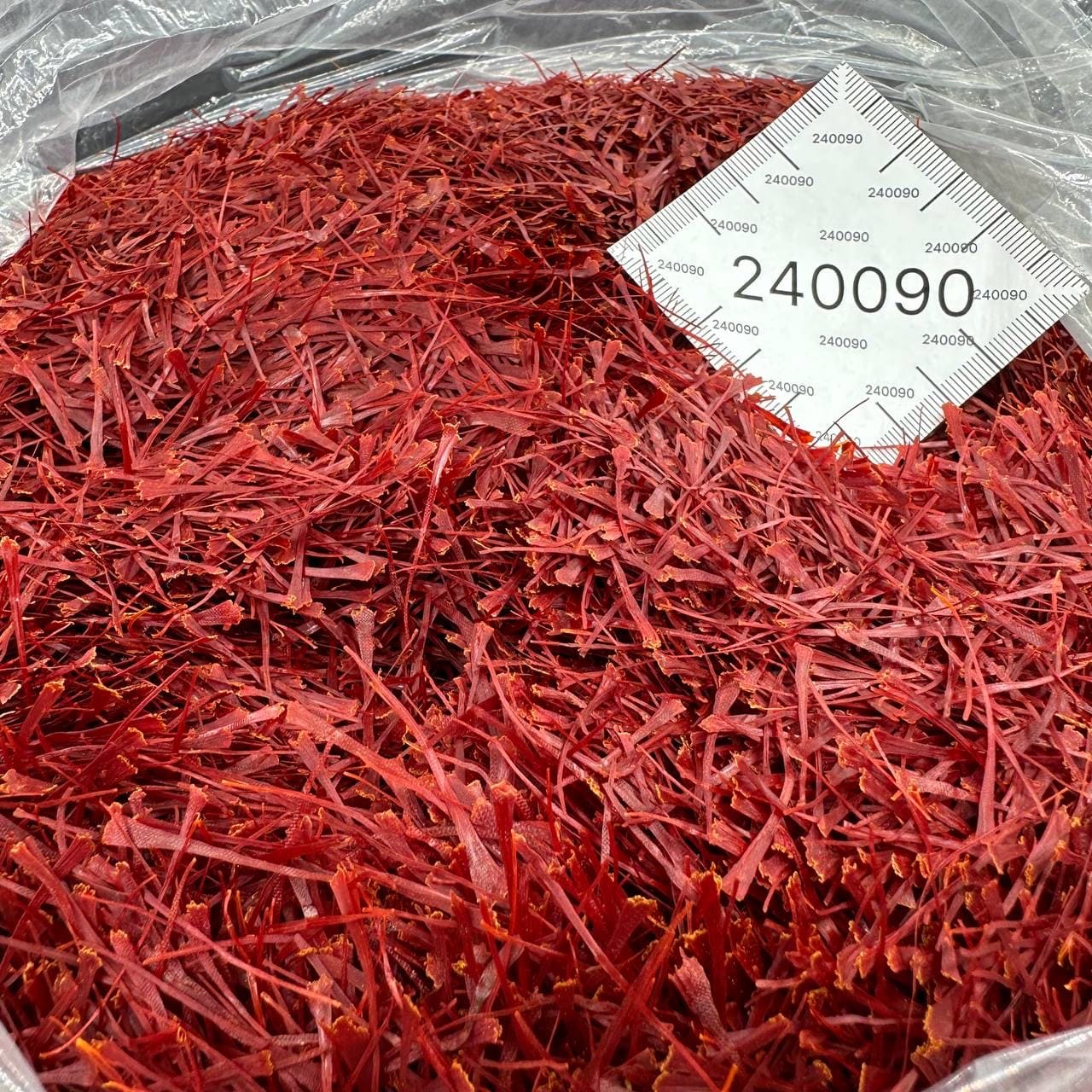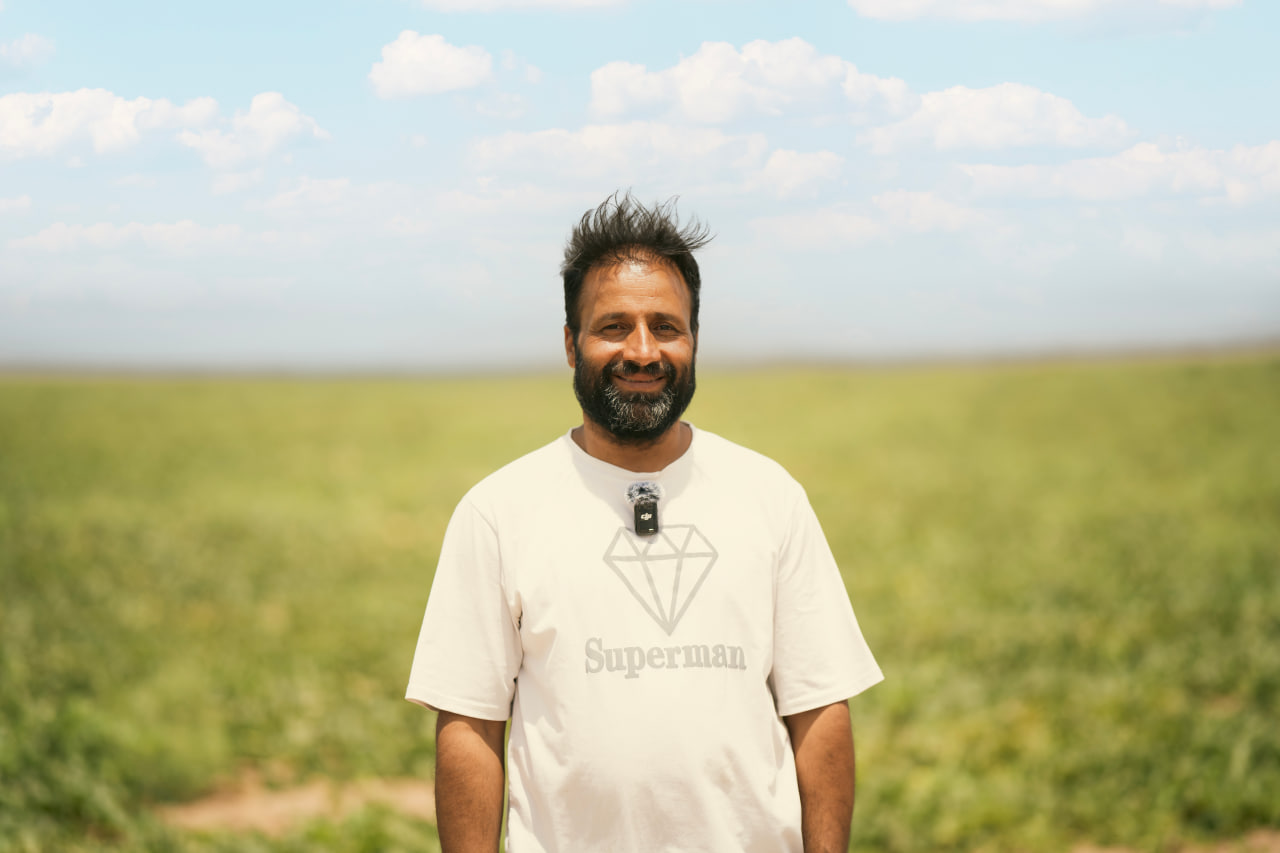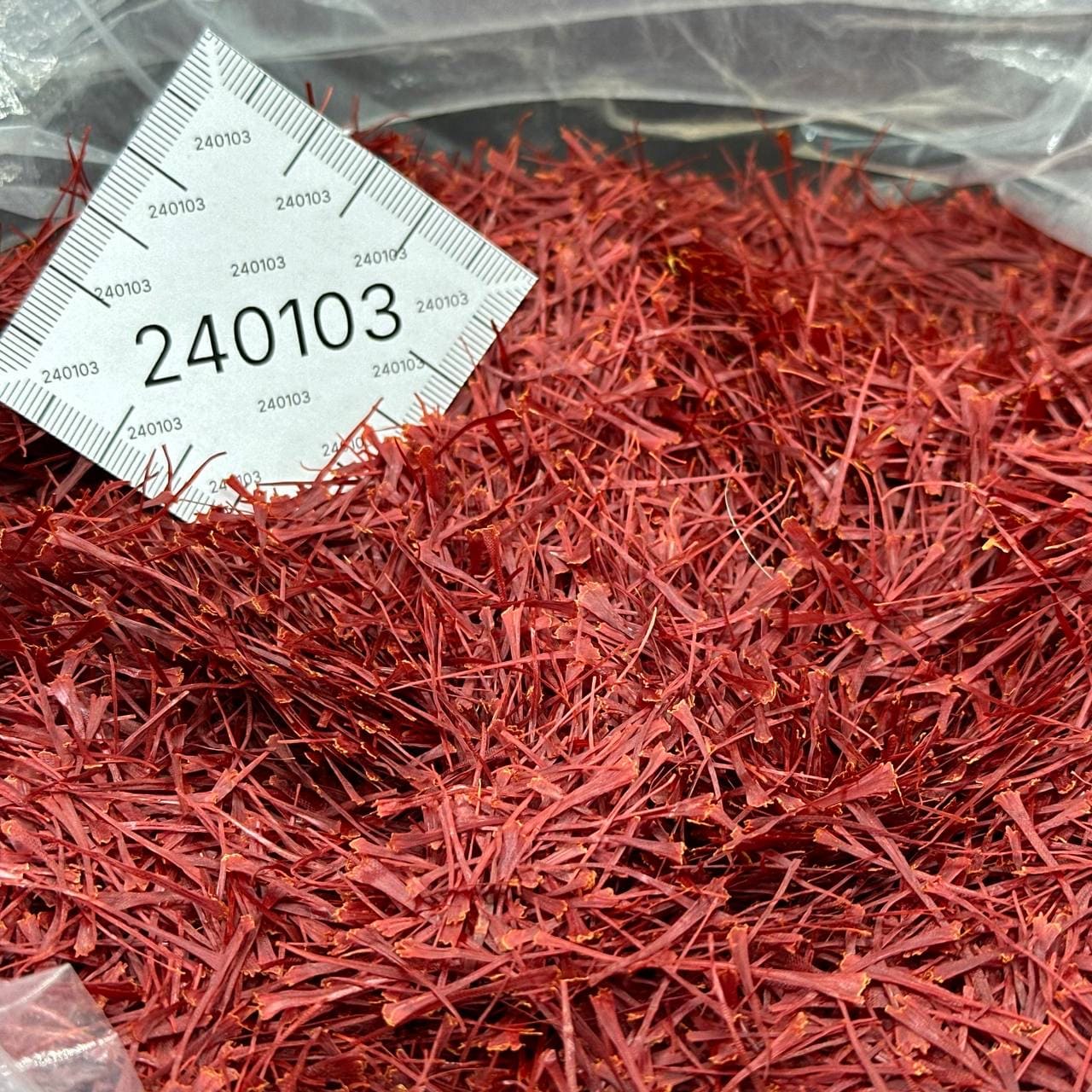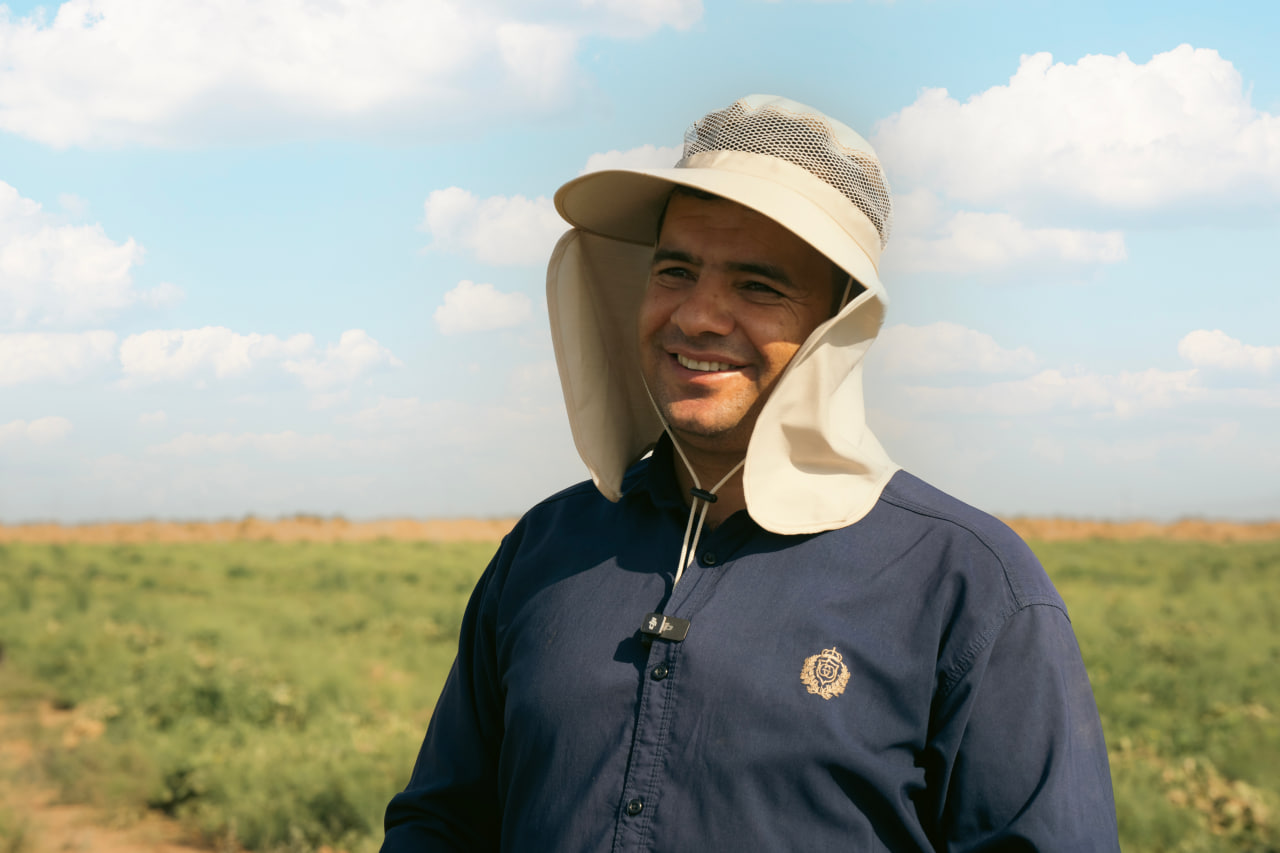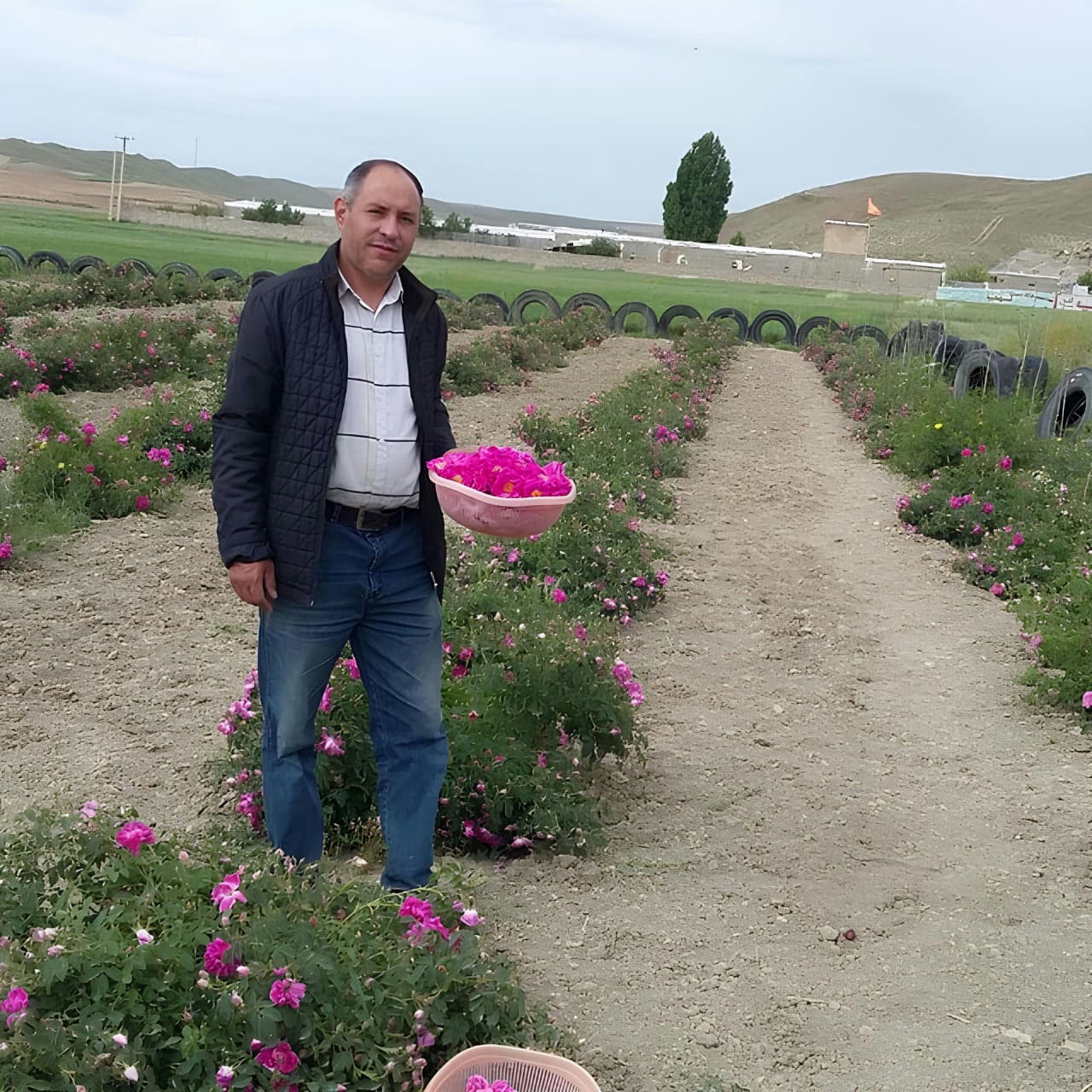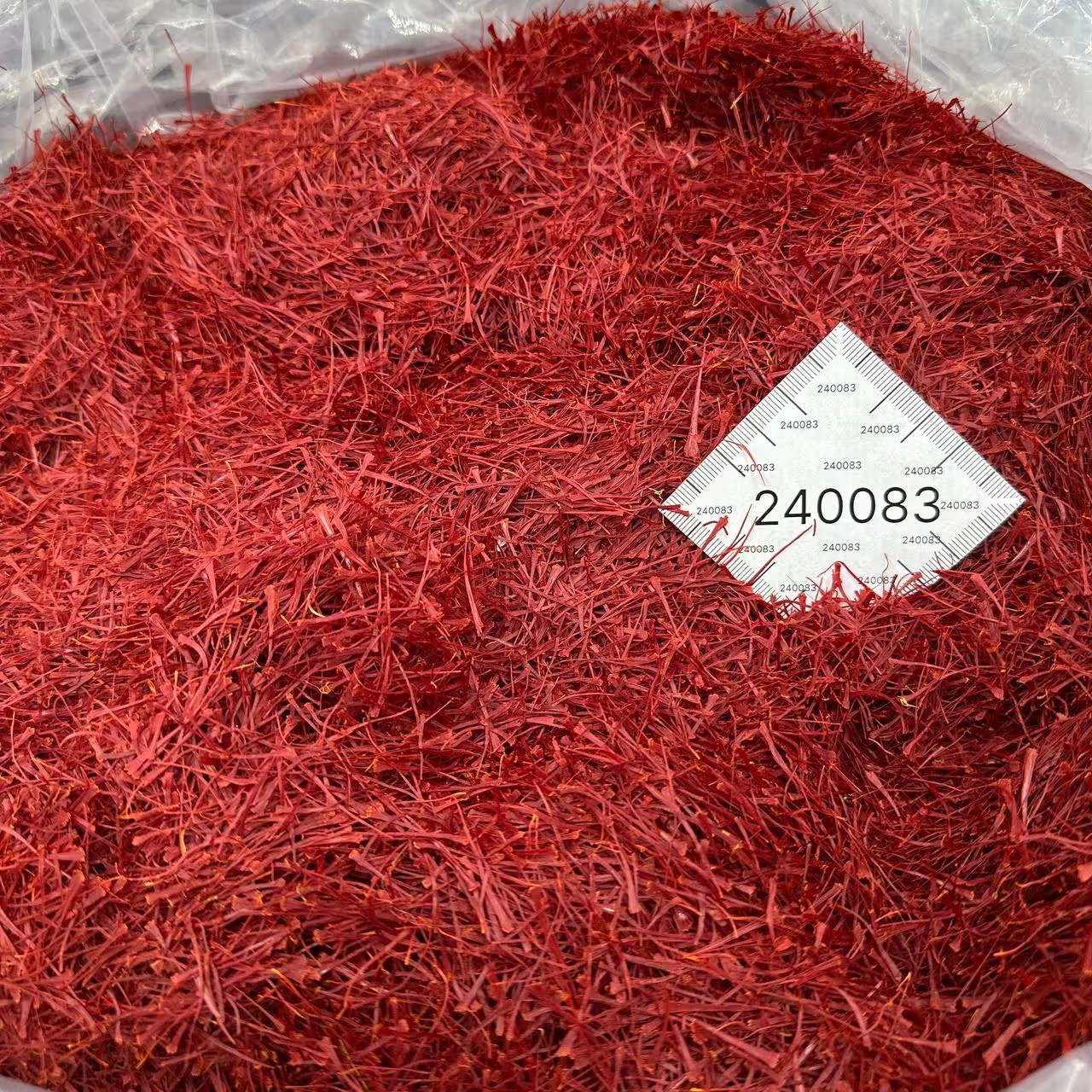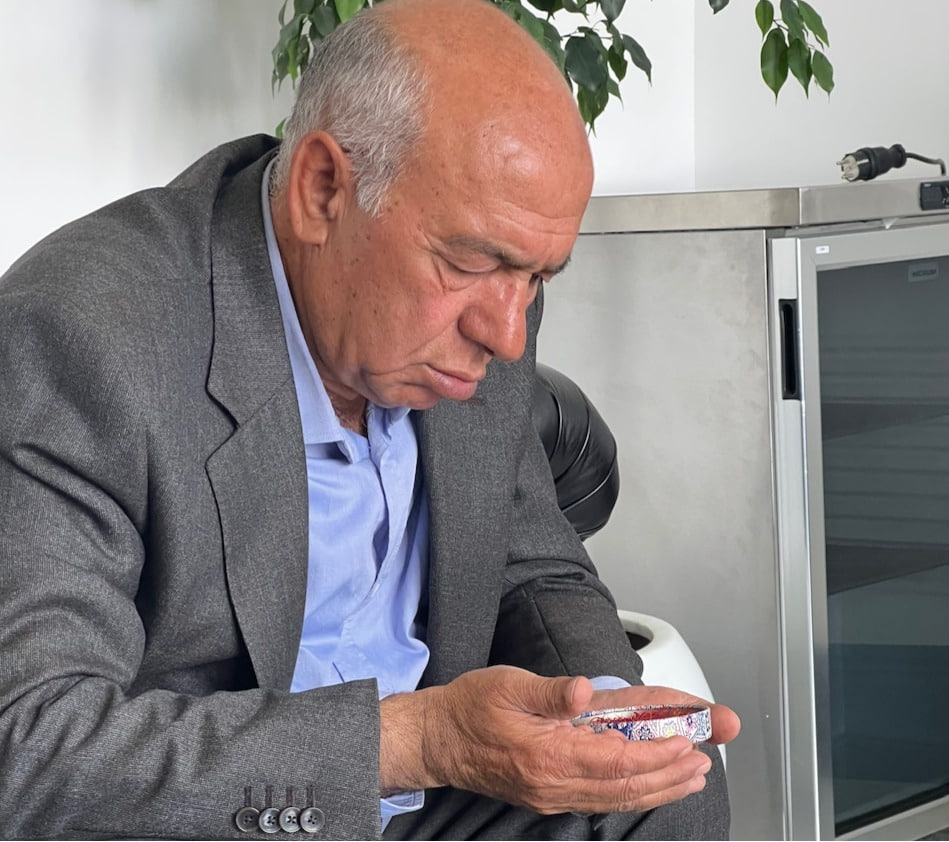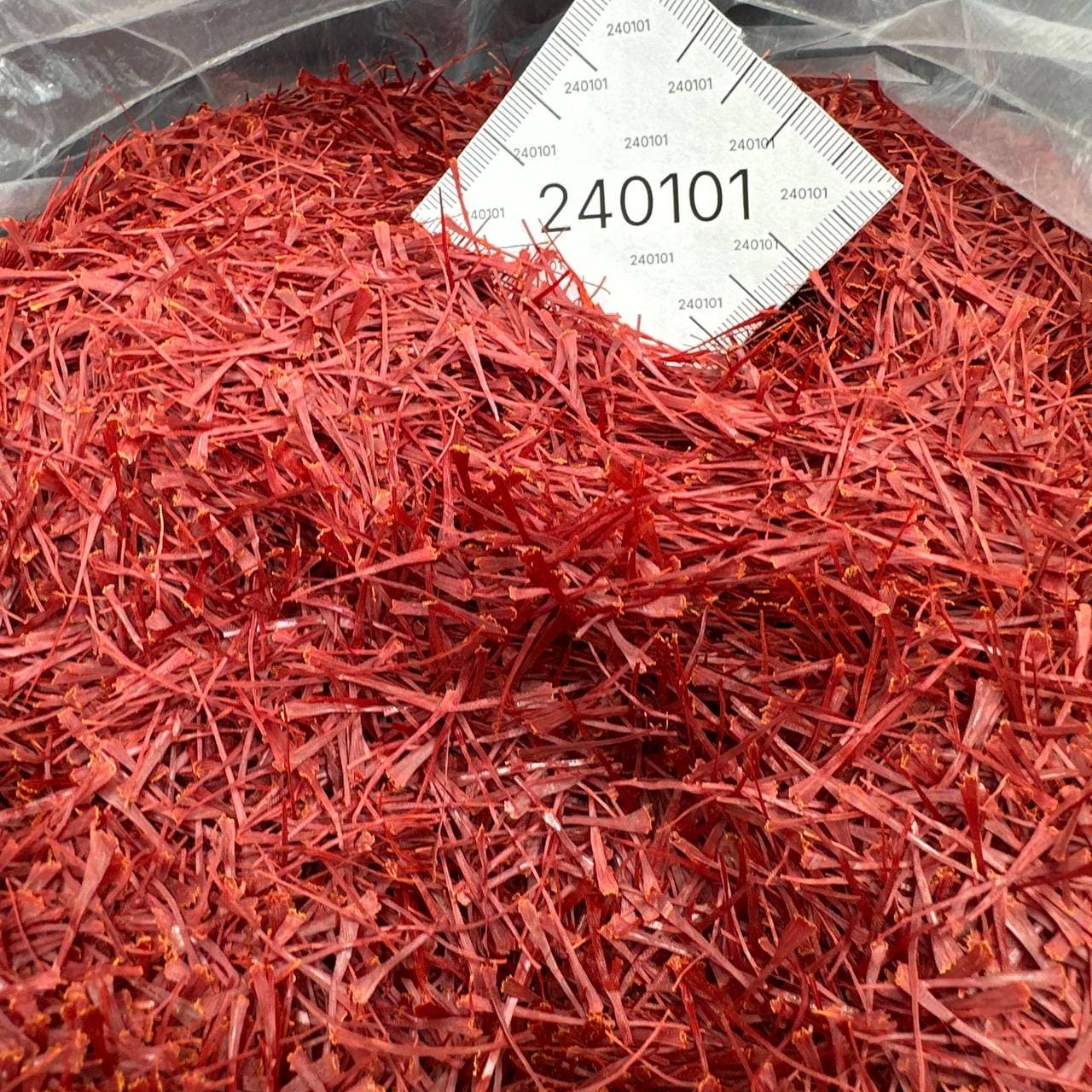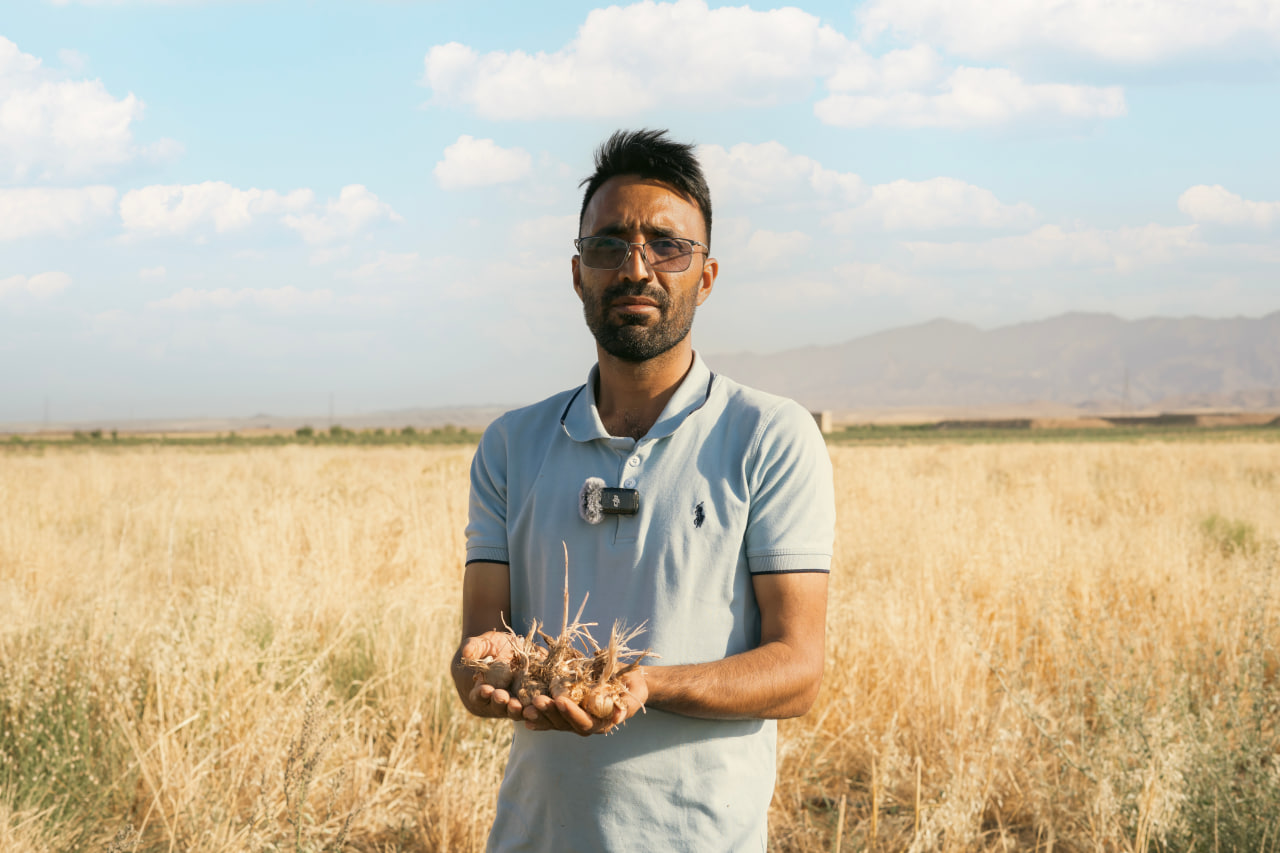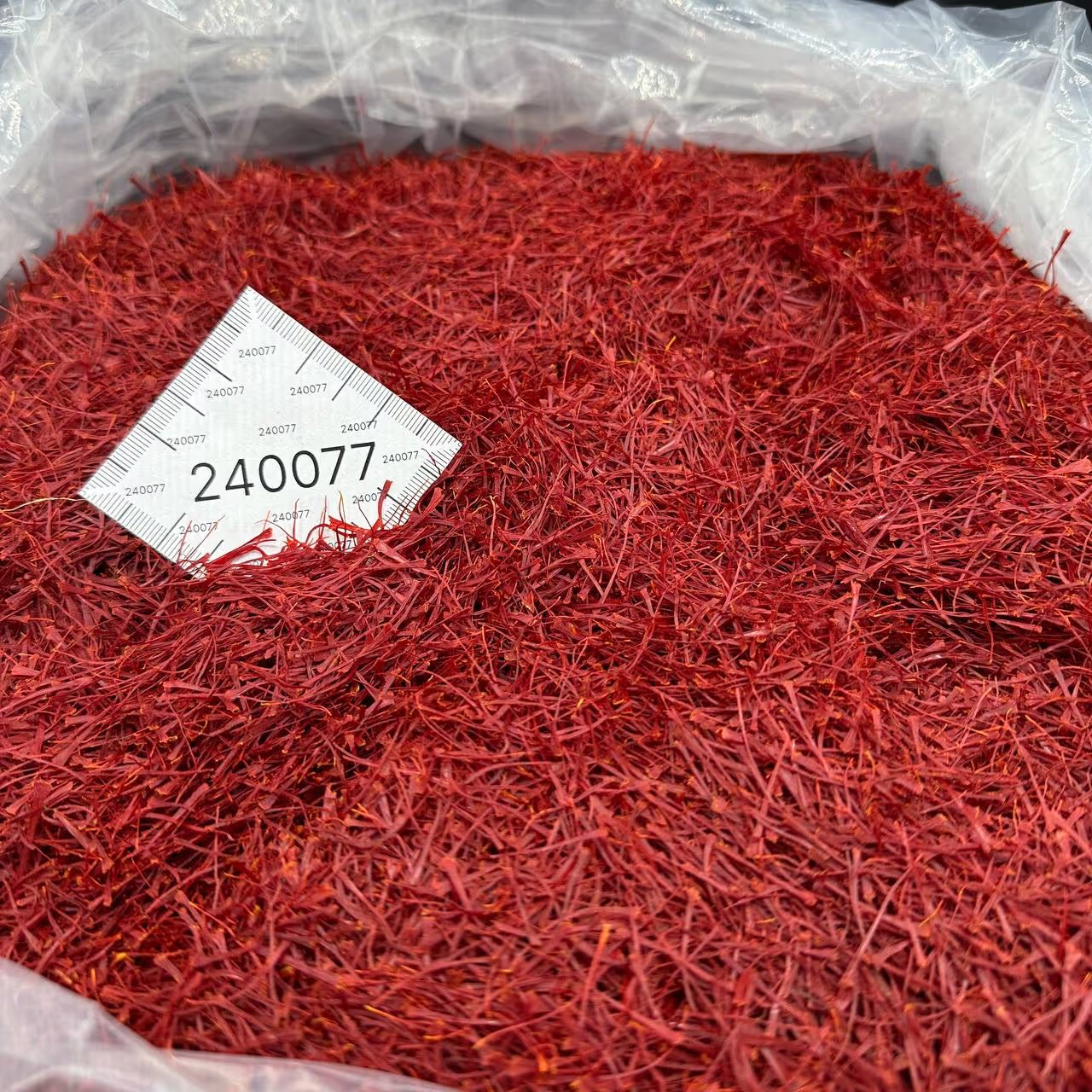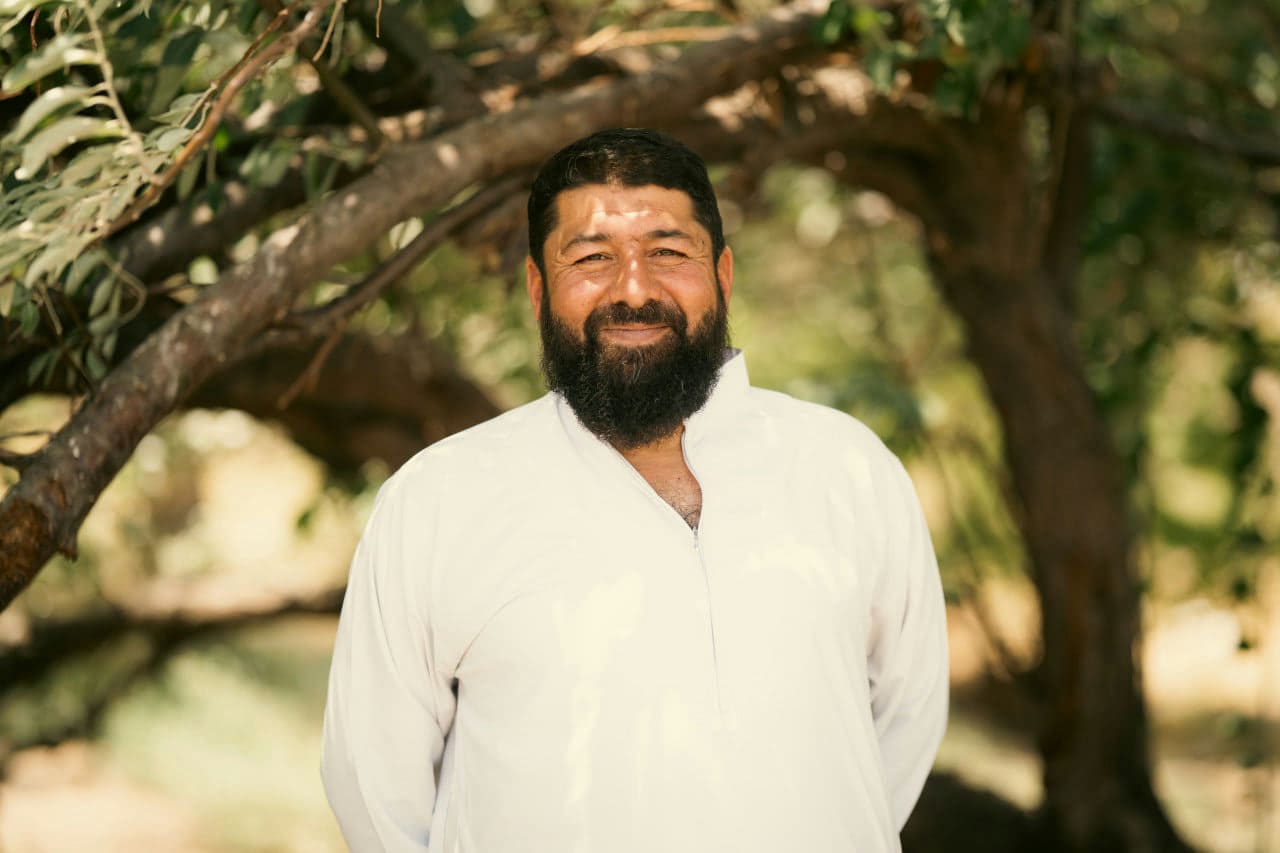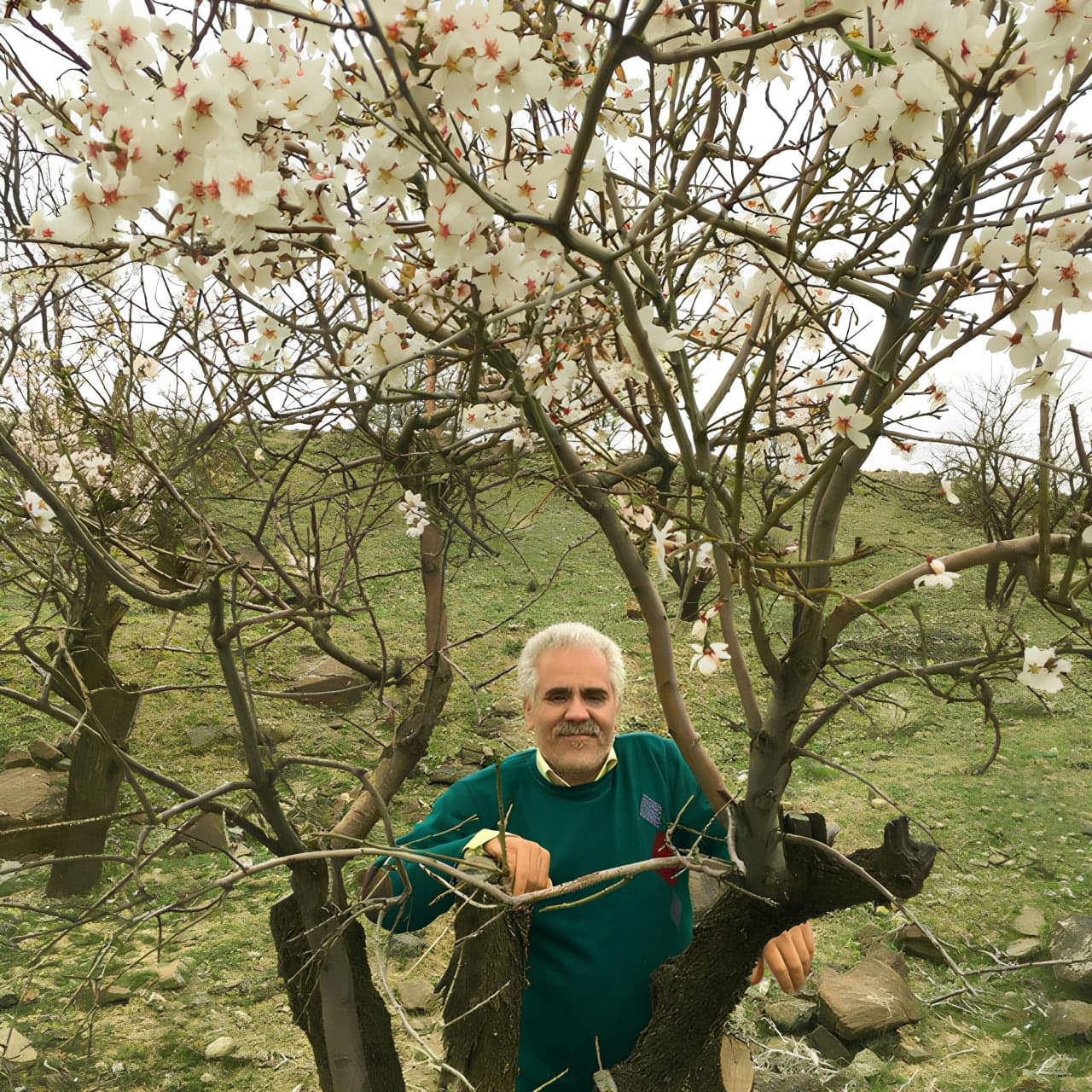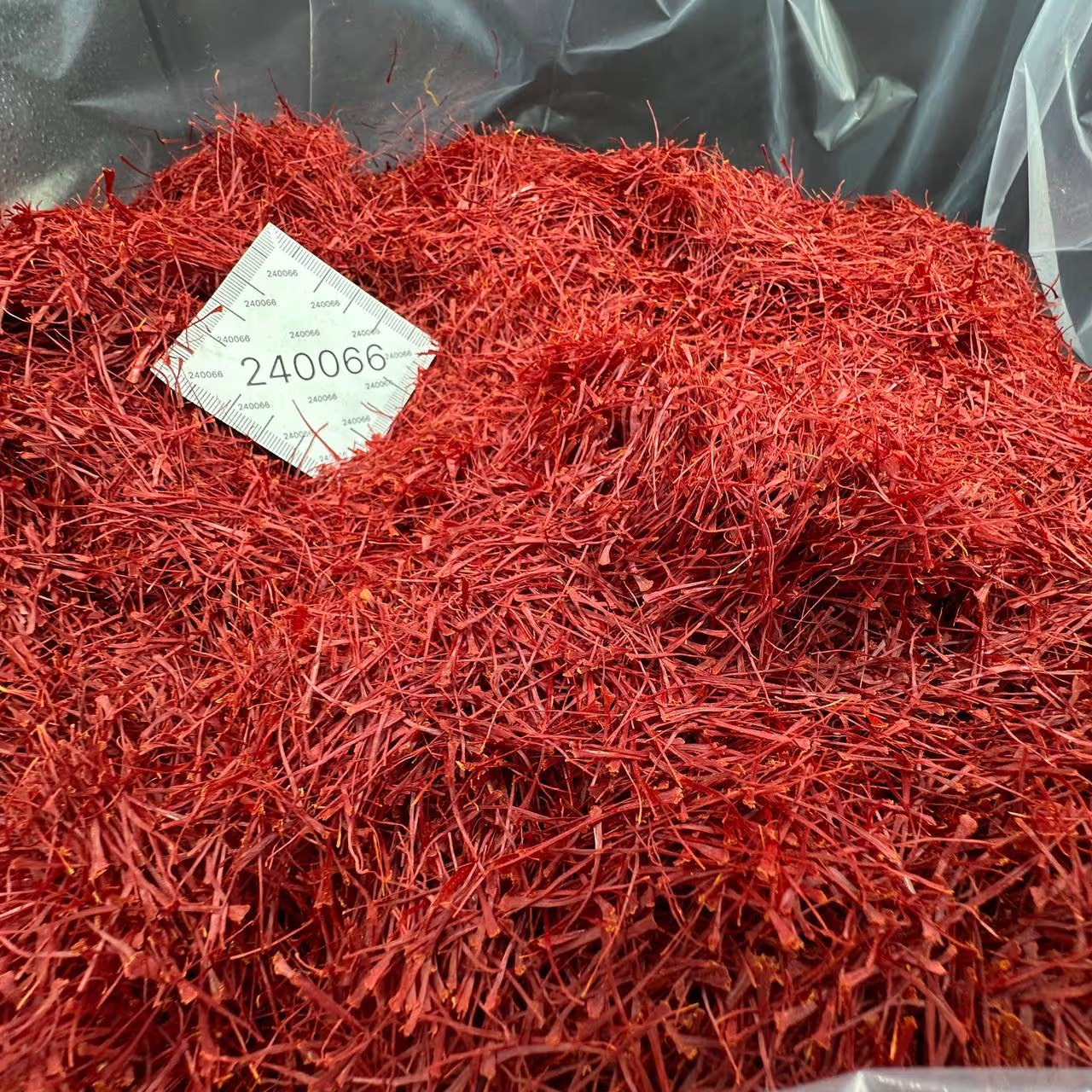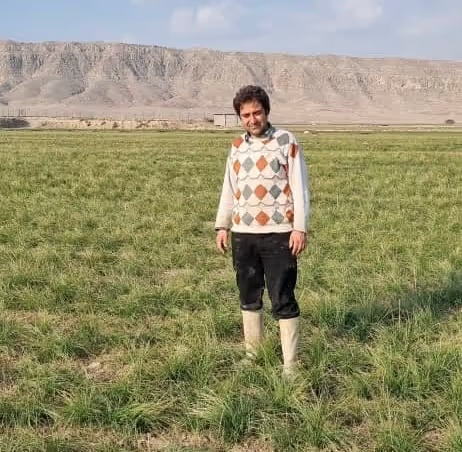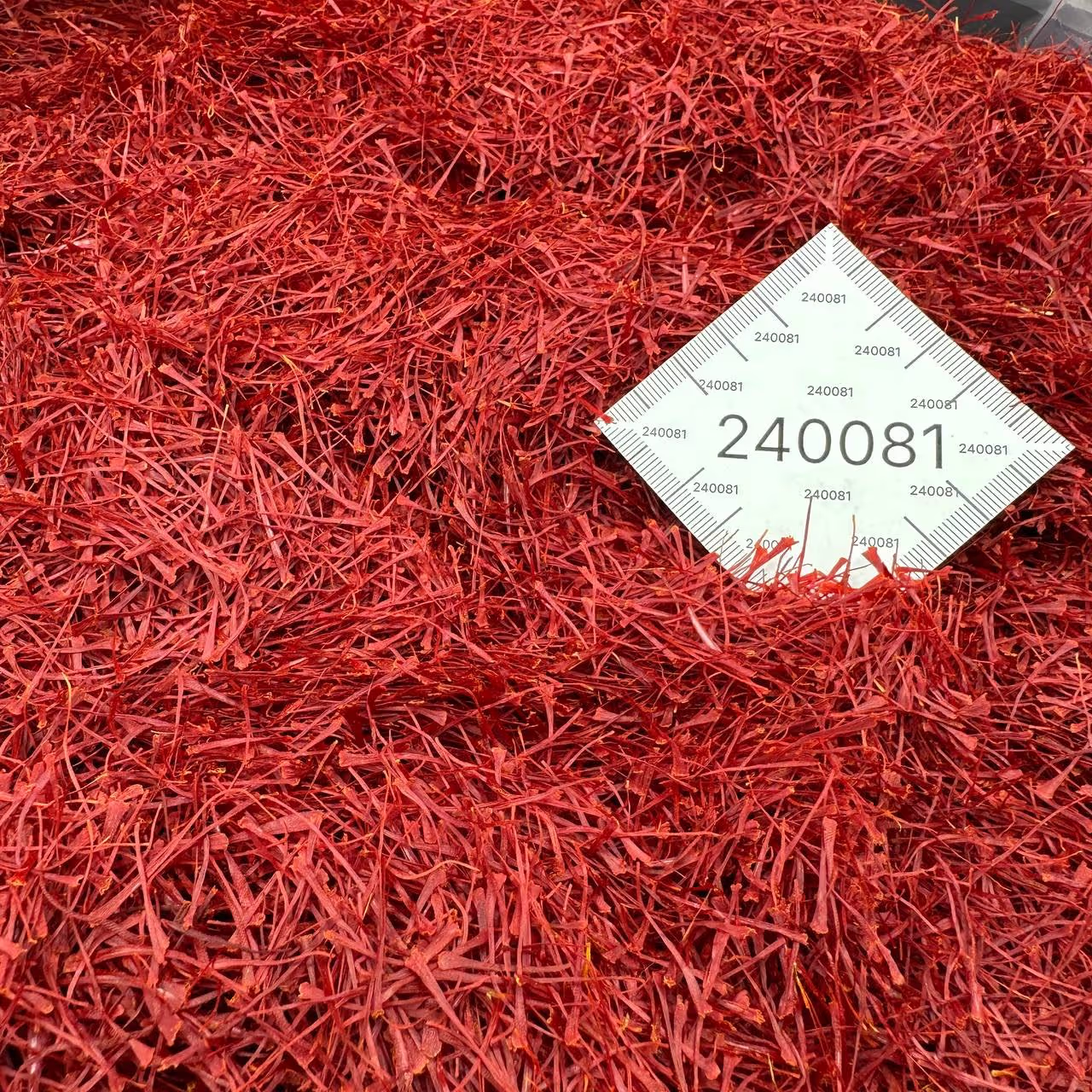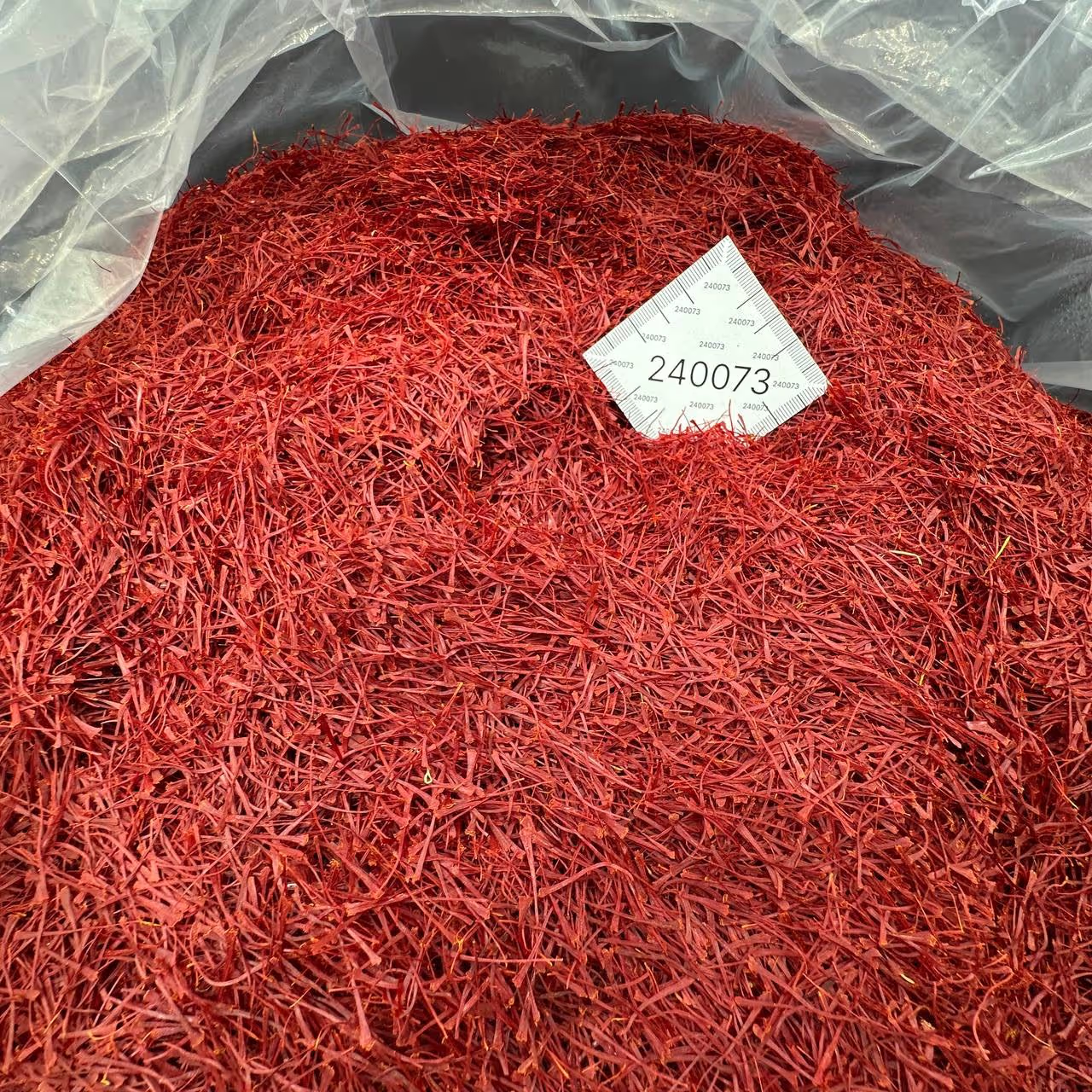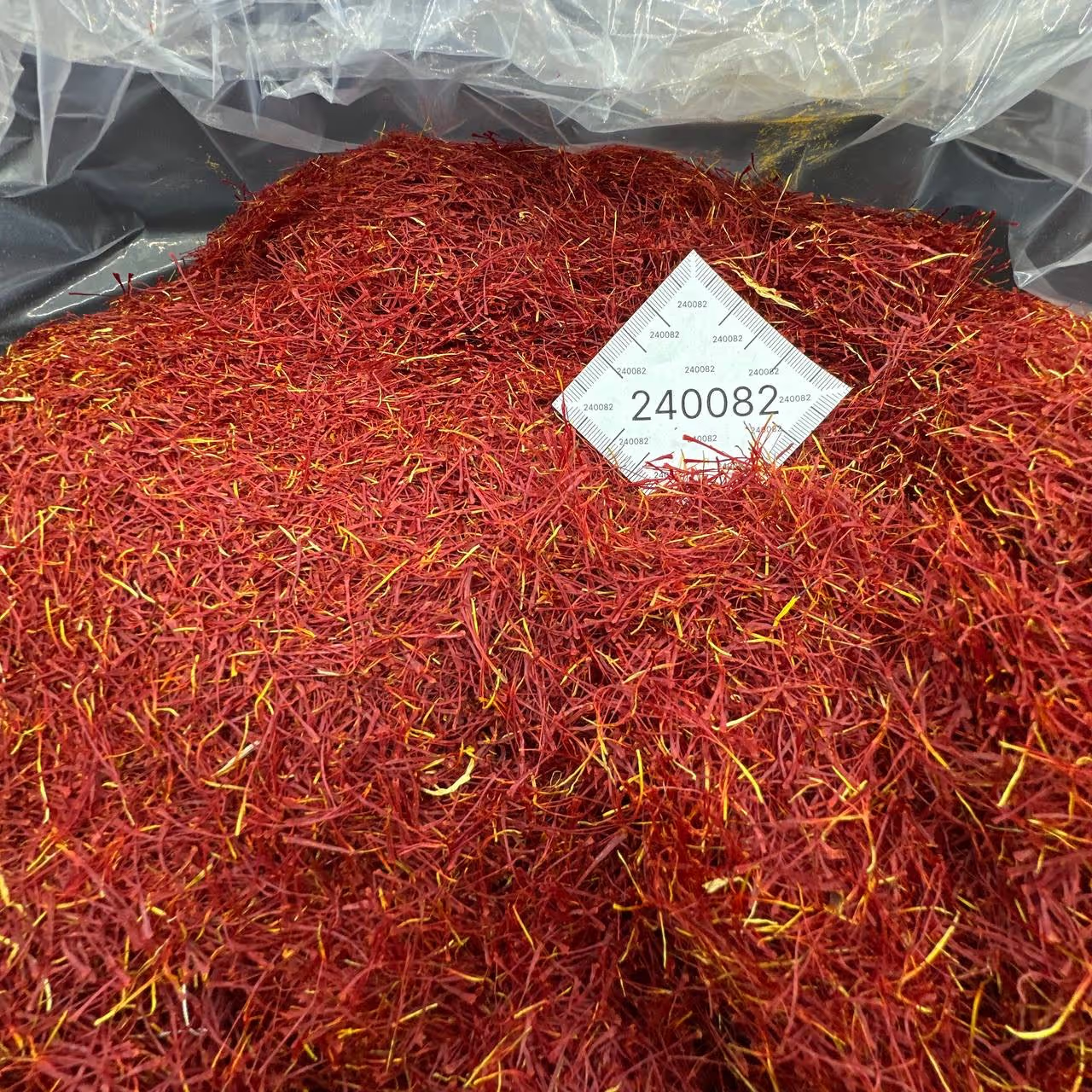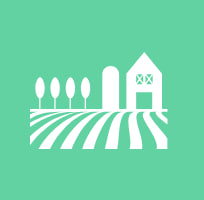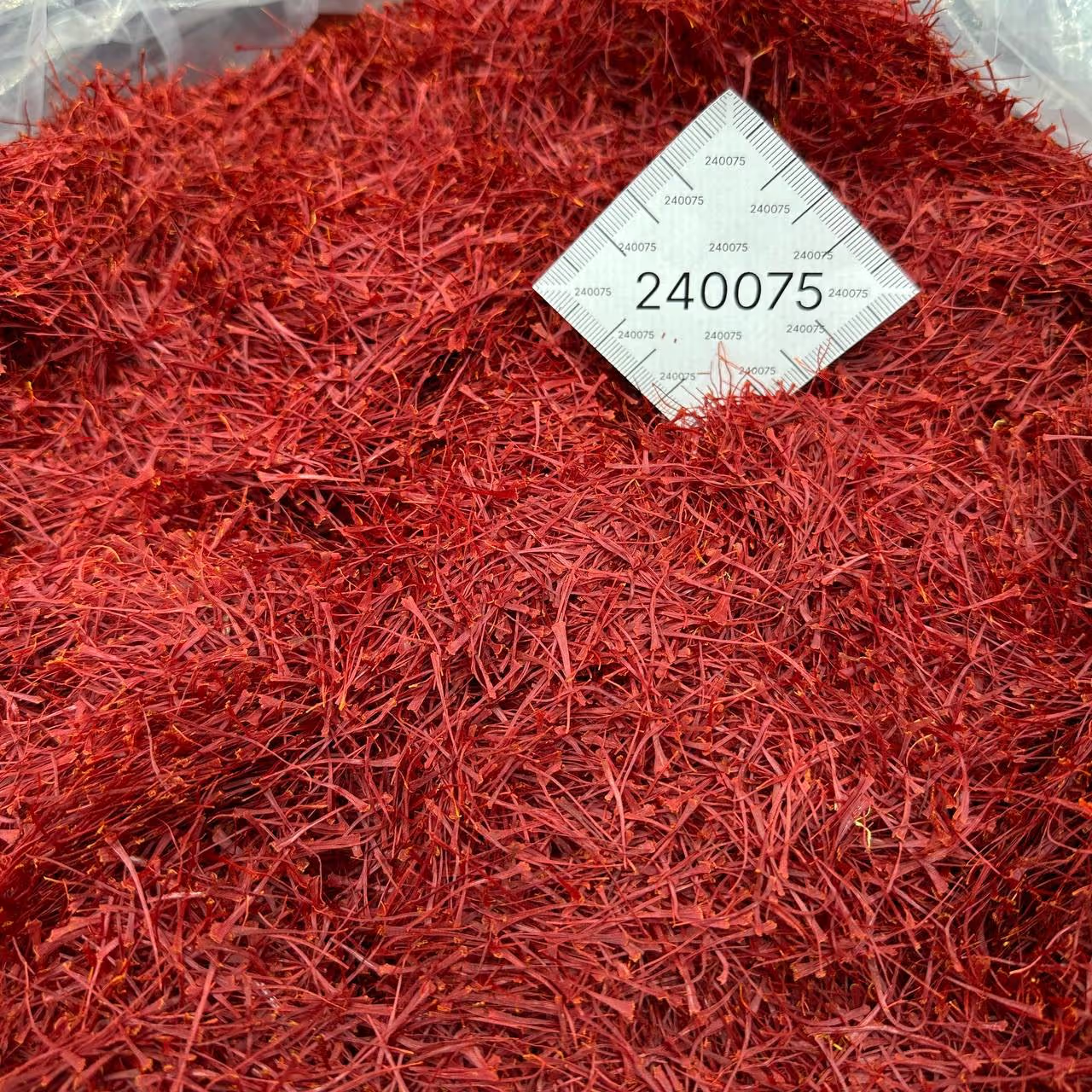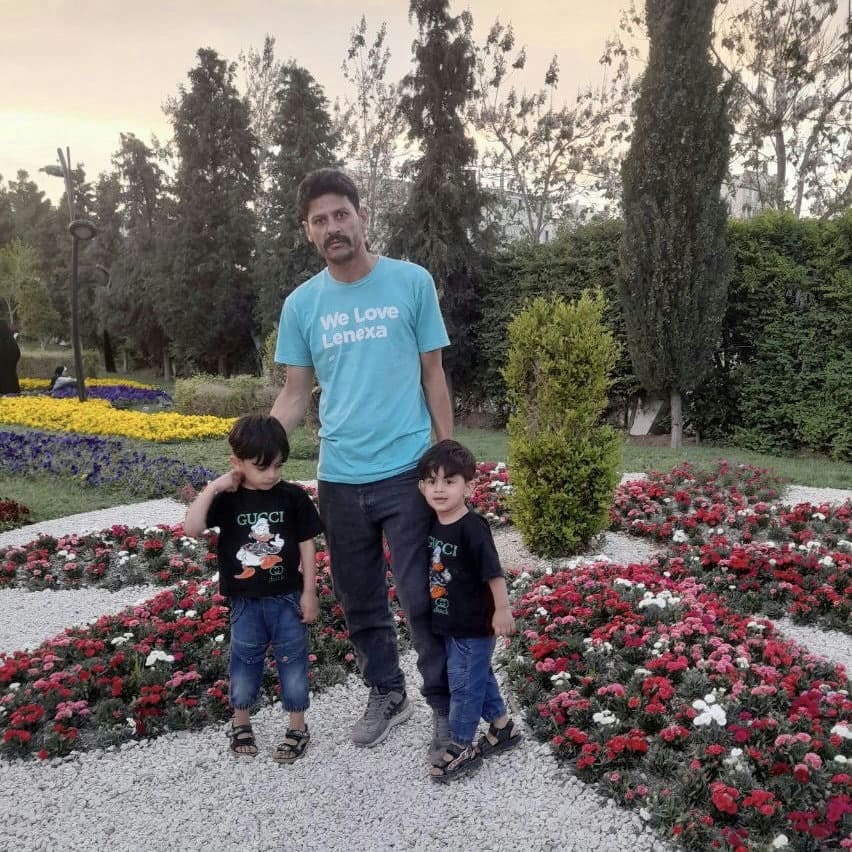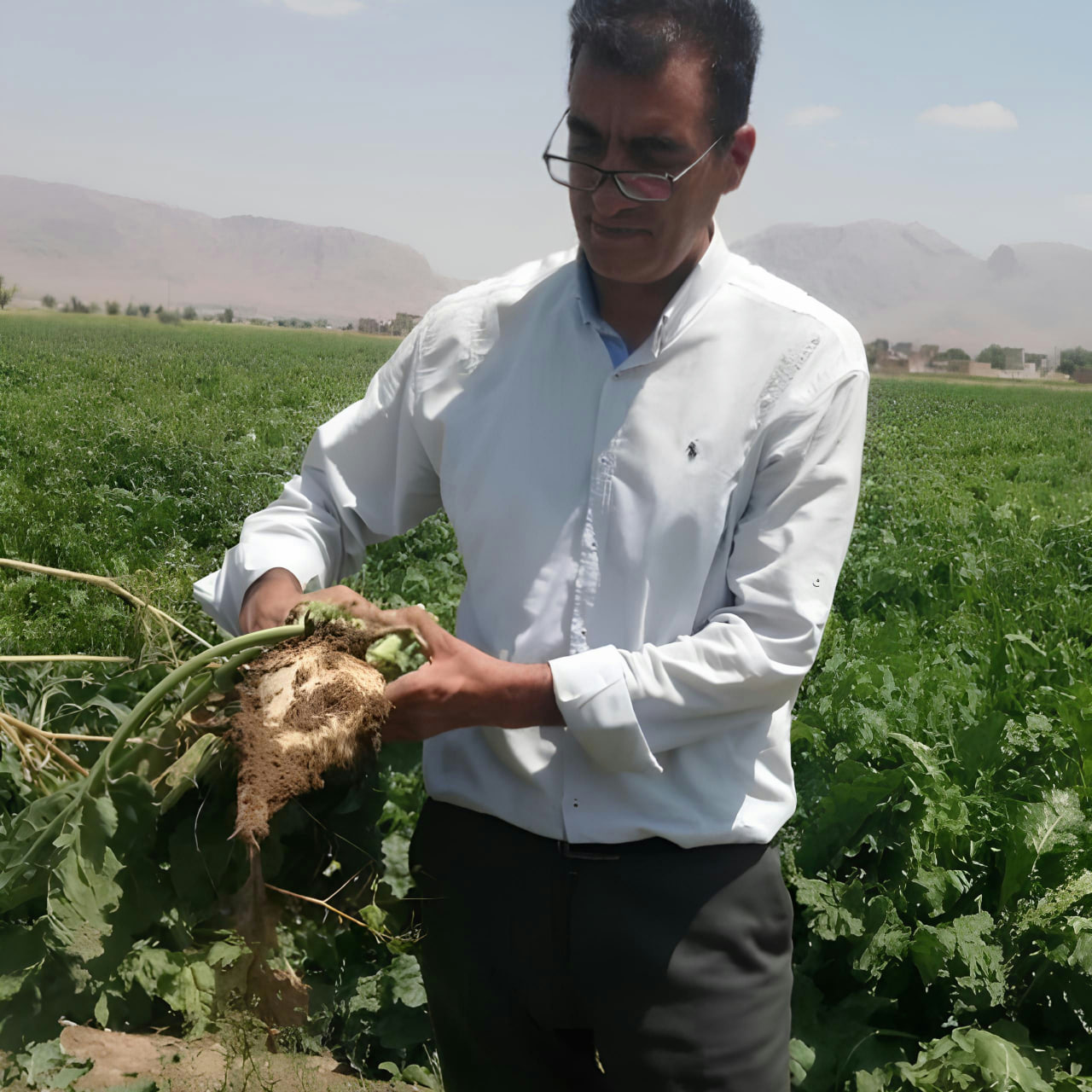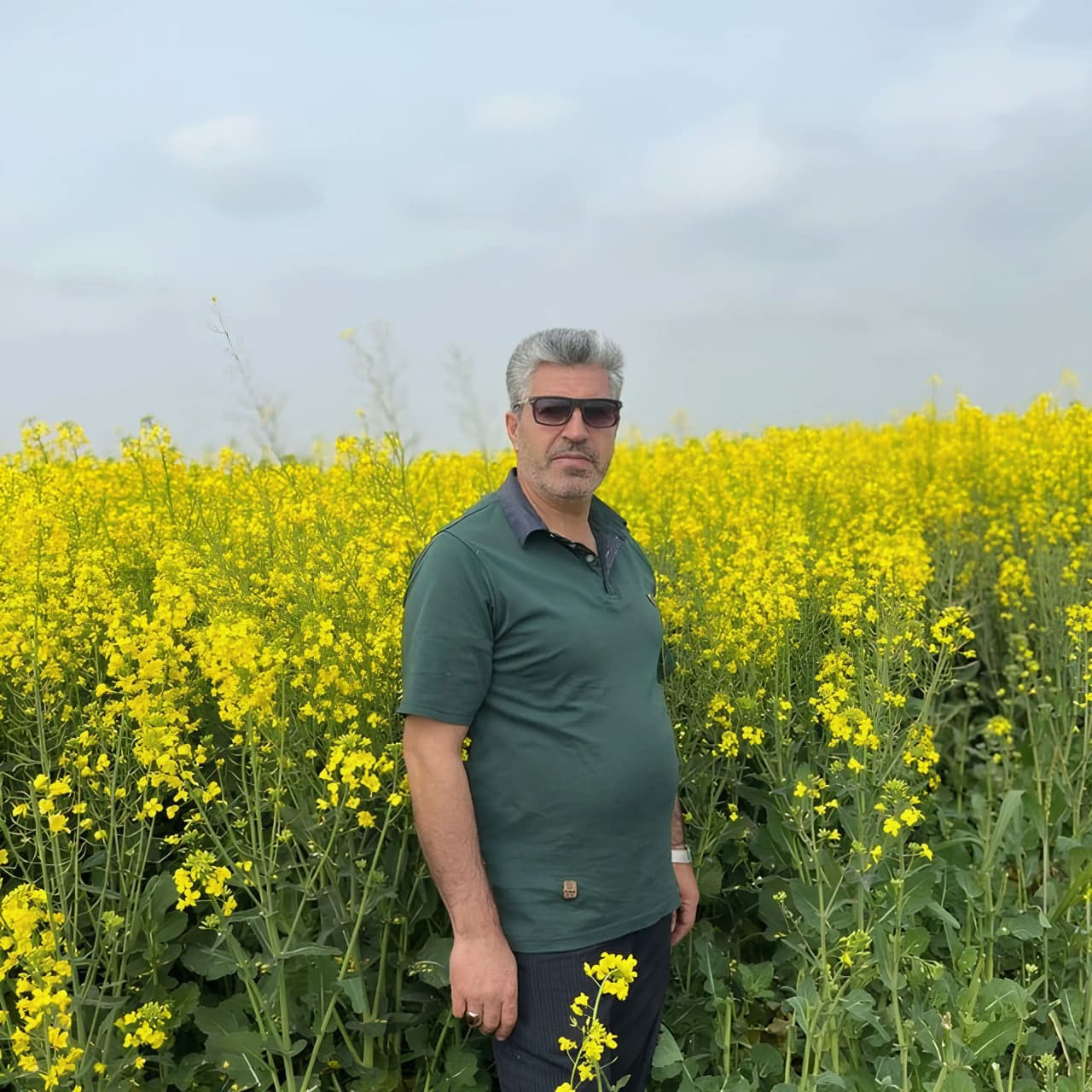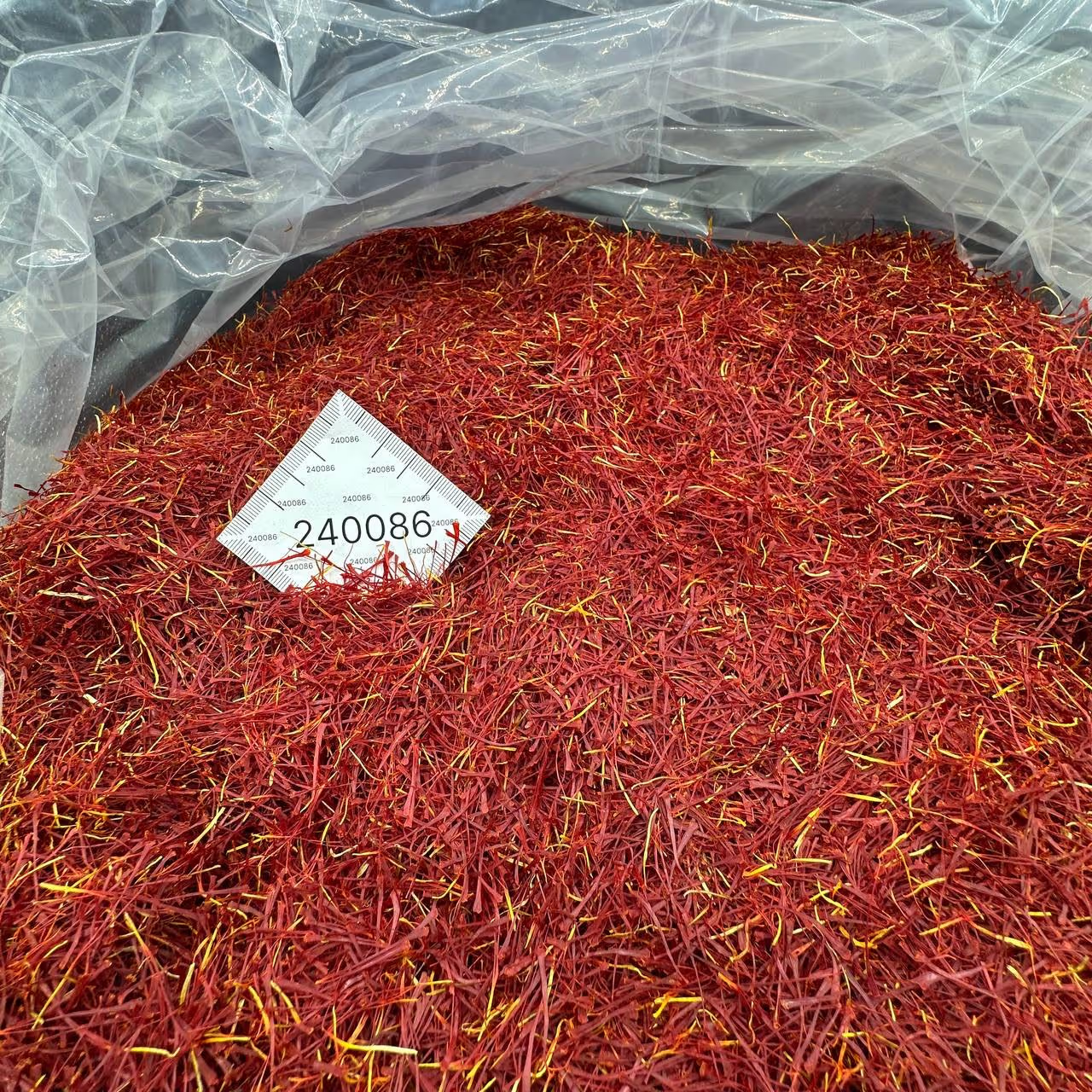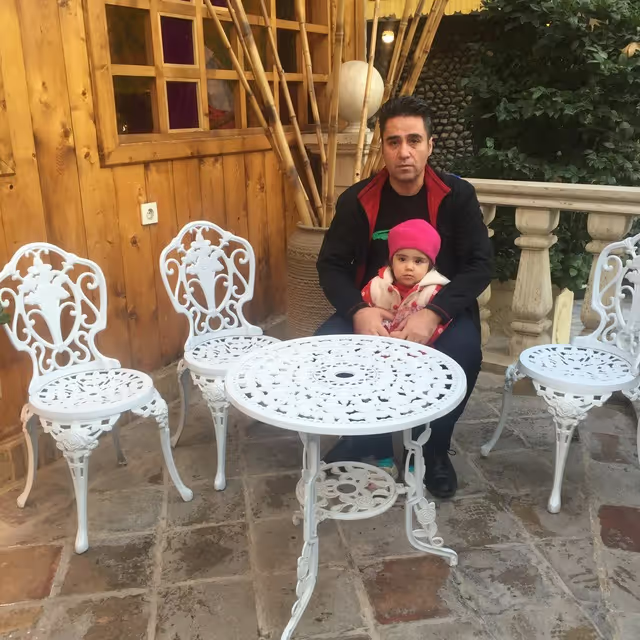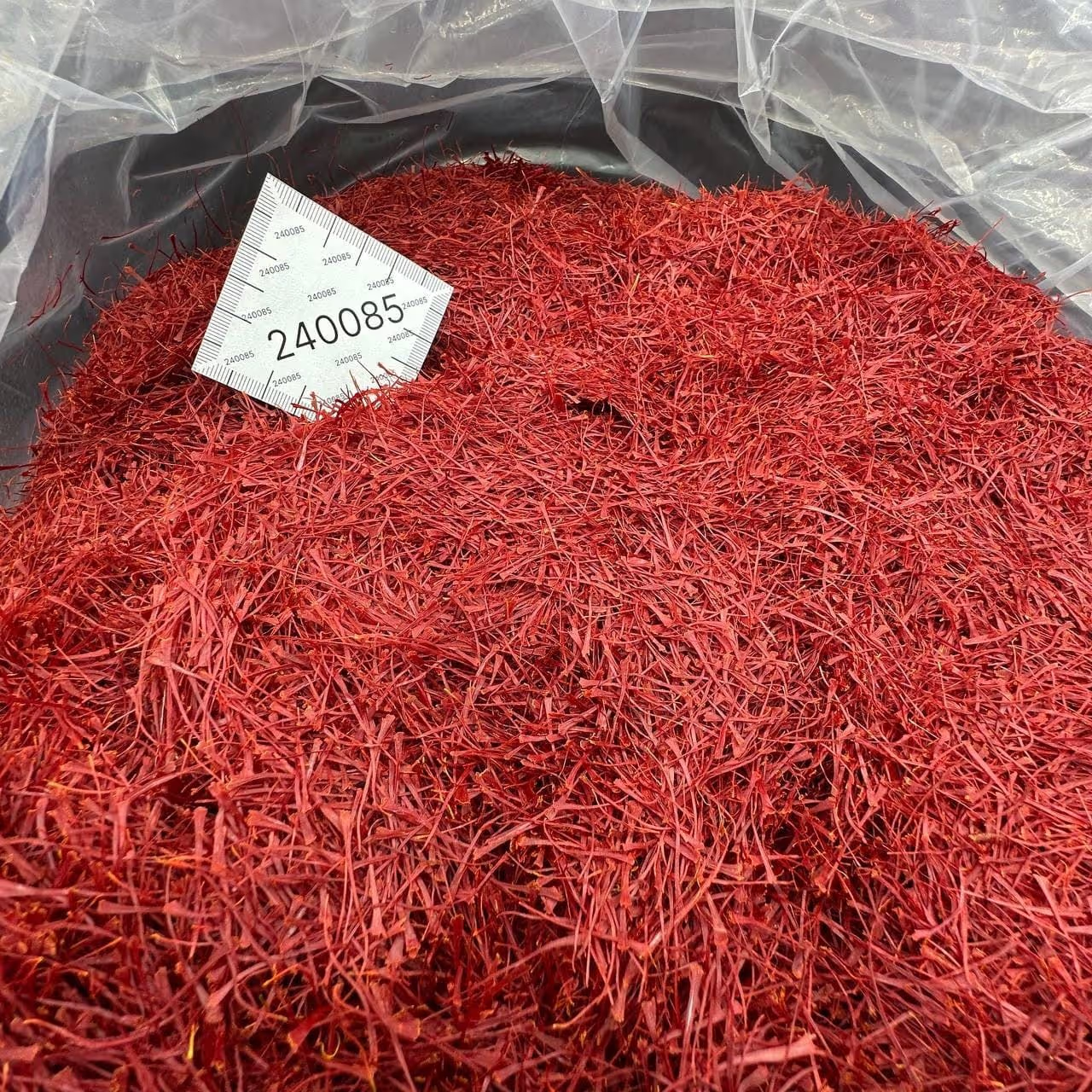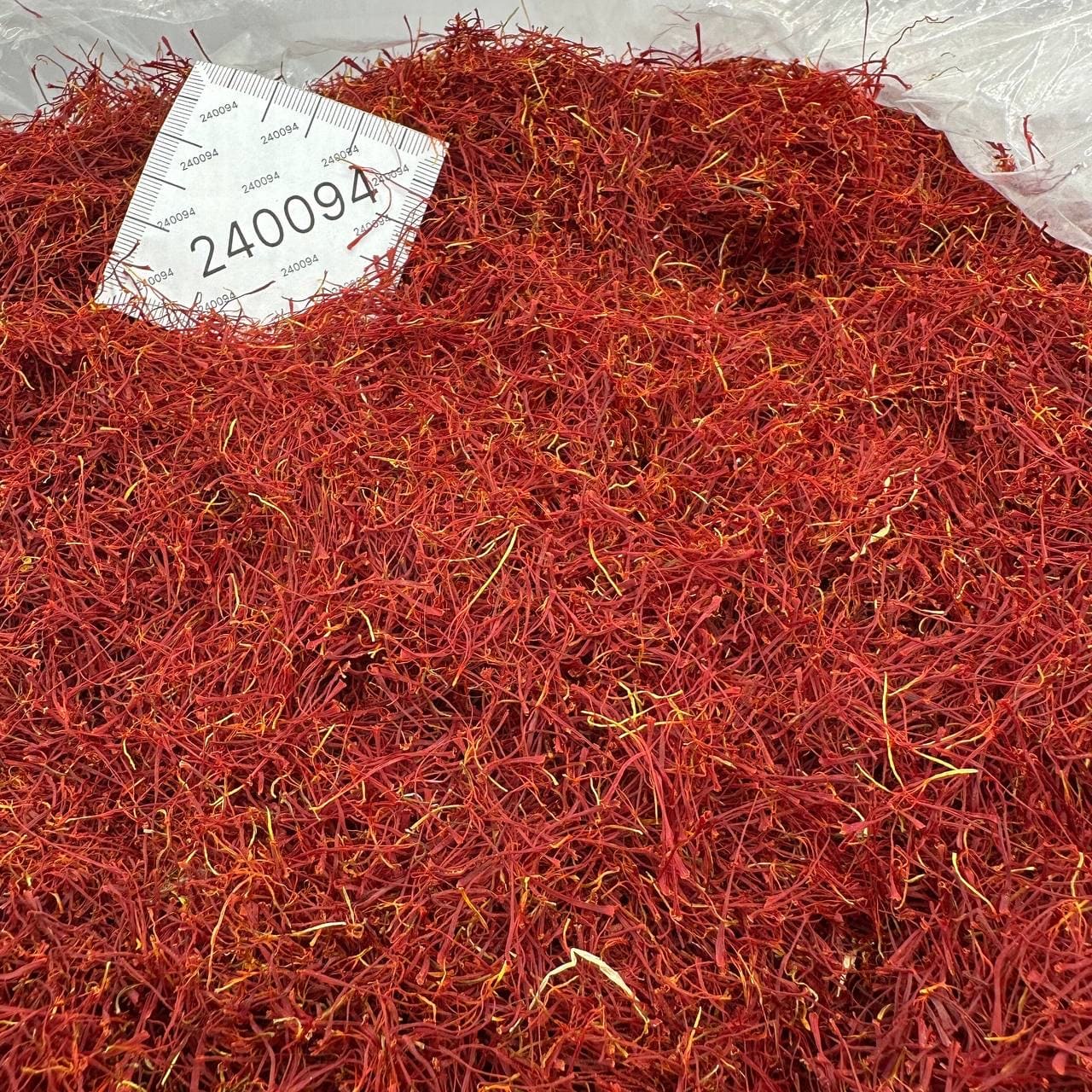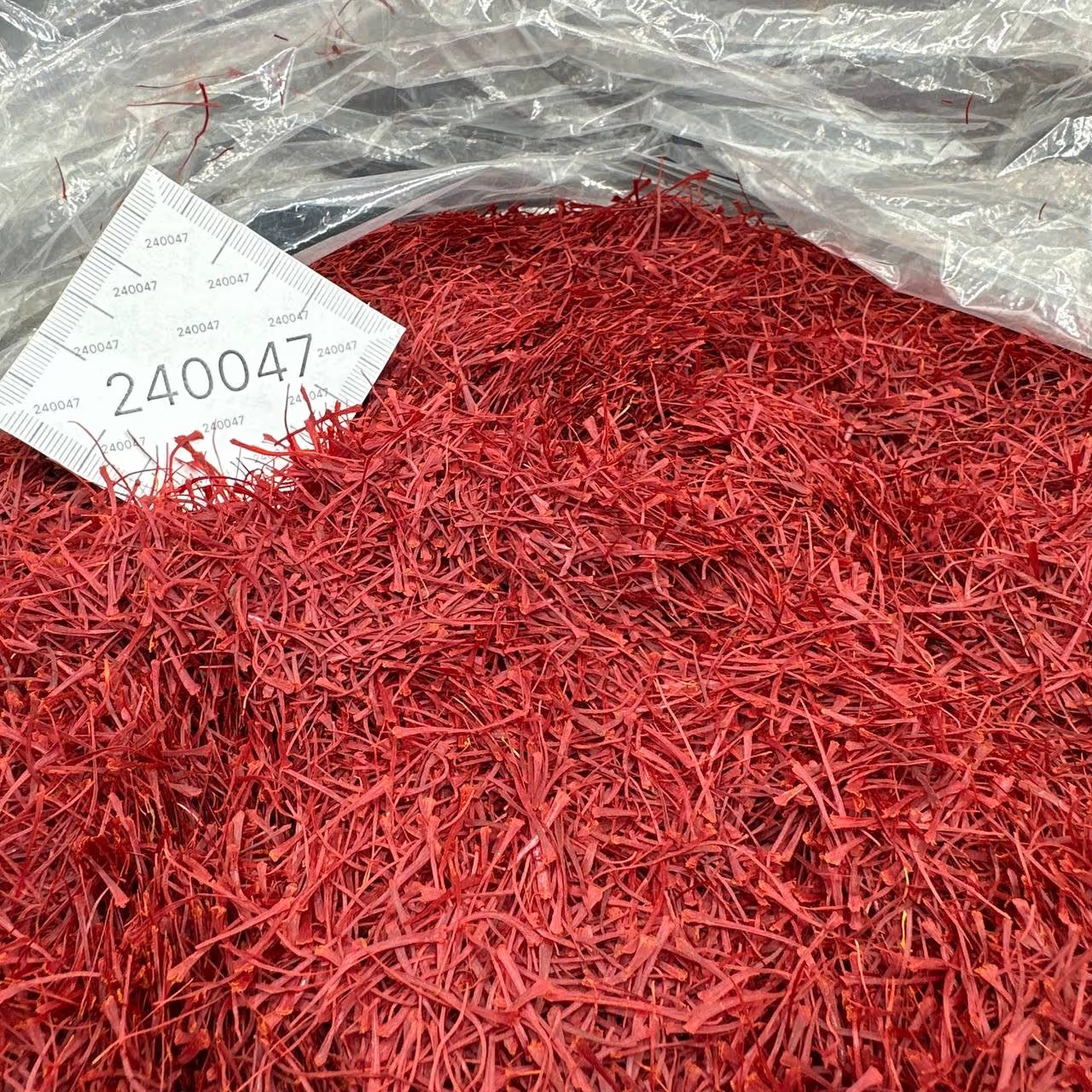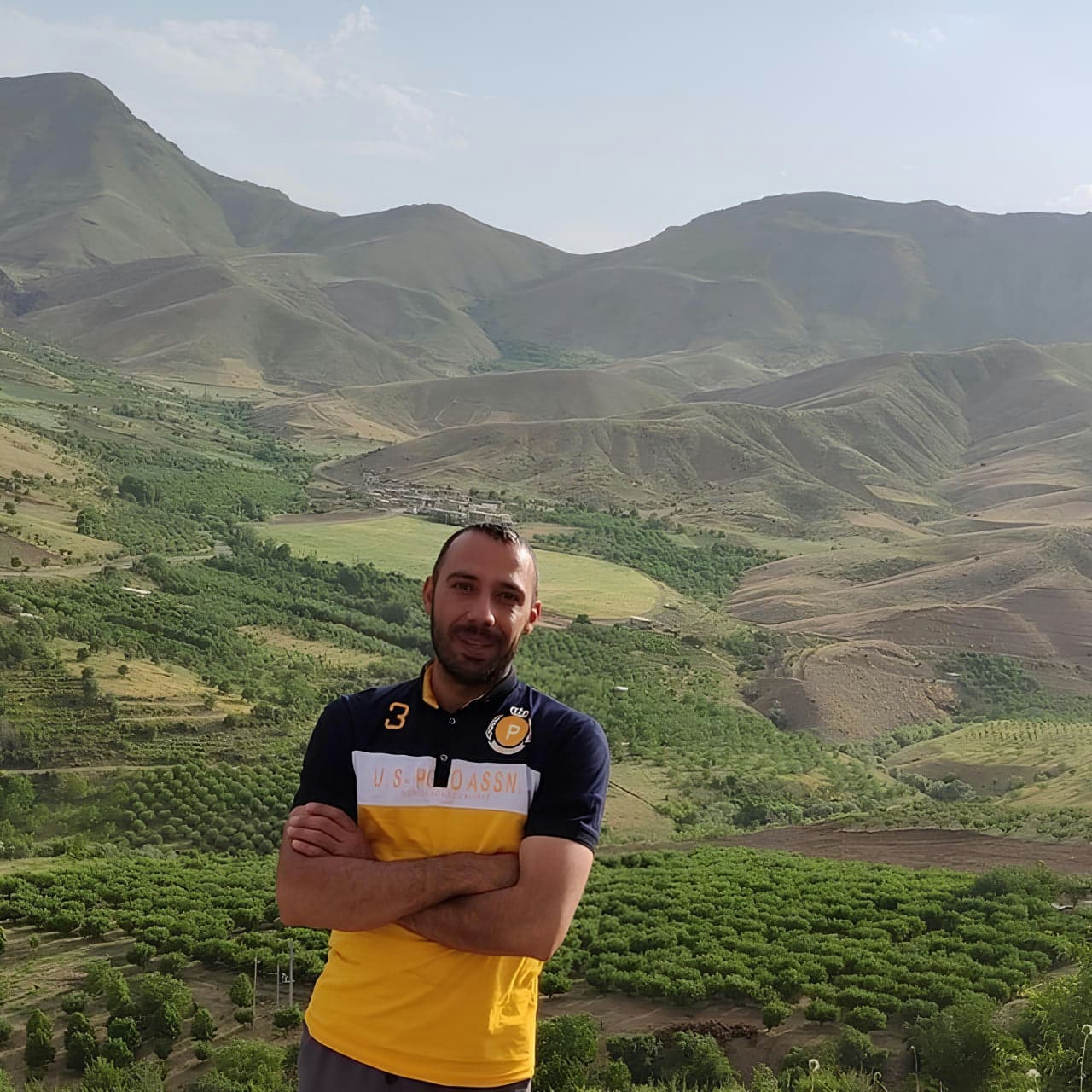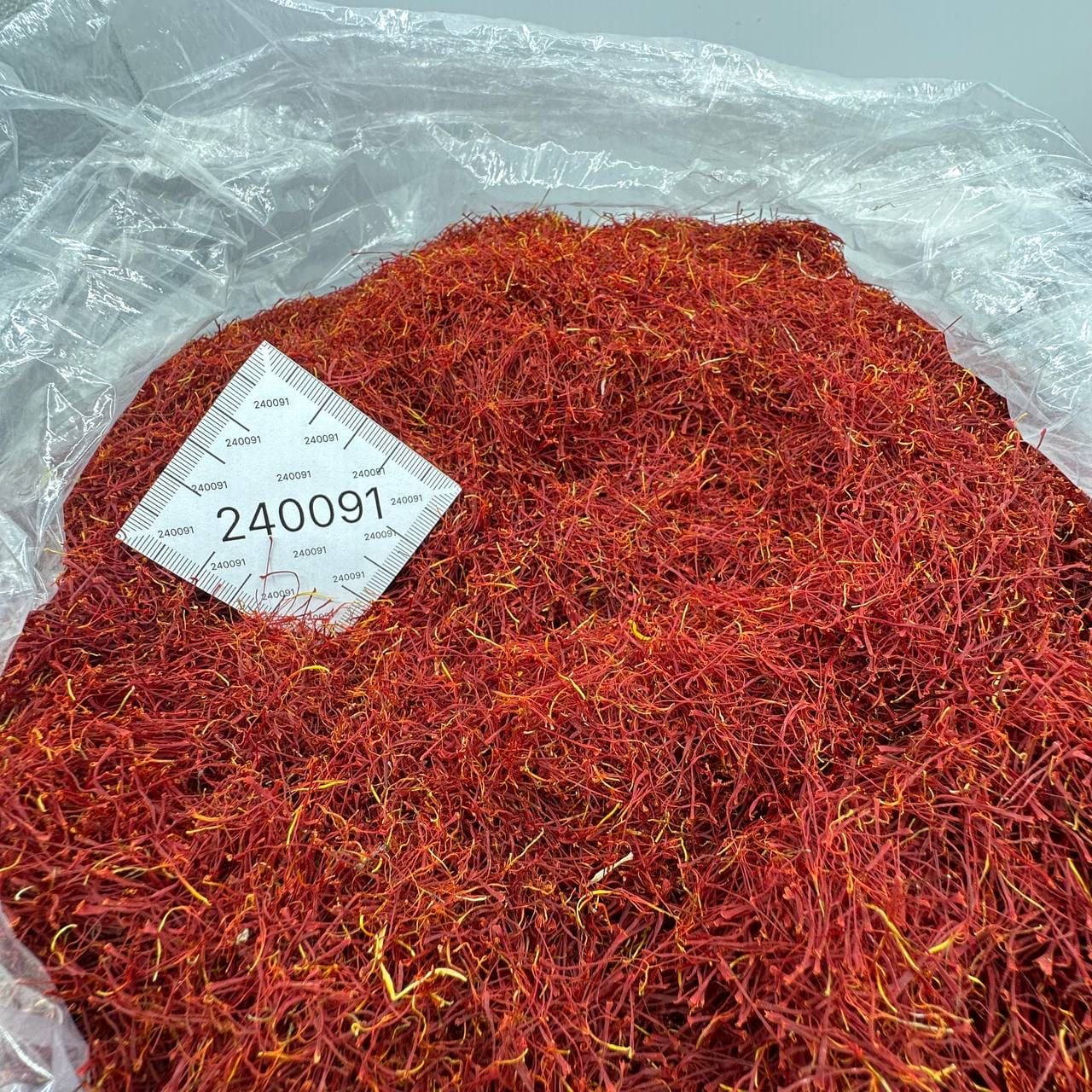This guide serves as the definitive, data-driven resource for B2B buyers, food and beverage professionals, retailers, and wholesalers in the UAE. It deconstructs the wholesale and retail price of saffron, explores the critical factors that dictate its value, and provides a clear roadmap for procuring this precious spice. As a market leader in the agricultural supply chain, Agroota is committed to providing the transparency and expert knowledge necessary for businesses to make informed, strategic purchasing decisions.
Current Wholesale Saffron Price in UAE (per KG)
Determining the wholesale price of saffron in the UAE requires a nuanced approach that moves beyond a single figure. The market reflects a broad spectrum of prices, a direct consequence of the varying grades, origins, and supplier channels available within this competitive hub. By synthesizing market data, a clear picture emerges for procurement professionals aiming to budget accurately for this premium ingredient.
Average Price Range for Premium Saffron (AED)
Analysis of market data from various importers, wholesalers, and online platforms reveals a distinct price hierarchy based on quality. For premium, top-grade Iranian saffron—the benchmark for culinary professionals—the price is substantially different from that of mixed or lower grades.
Based on a consolidation of 2025 market intelligence, the credible wholesale price for top-grade (Super Negin and Negin) saffron in the UAE typically ranges from AED 9,000 to AED 13,000 per kilogram. Some exclusive, highest-echelon batches can even reach up to AED 15,000 per kilogram in certain market conditions. In contrast, lower grades such as Pushal, or mixed-quality consignments, are generally priced in the
AED 7,400 to AED 10,300 per kilogram range. This significant price differential underscores the importance of understanding saffron grades, as a lower price often corresponds directly to diminished potency and visual appeal.
The following table provides a comparative breakdown of estimated wholesale prices by grade, allowing buyers to align their quality requirements with realistic budget expectations.
Price Comparison: Iranian vs. Spanish Saffron
While saffron is cultivated in several countries, the UAE market is predominantly supplied by Iranian and Spanish varieties. For discerning chefs and bulk buyers, Iranian saffron is overwhelmingly the preferred choice. This preference is not based on tradition alone but on quantifiable metrics. Saffron from the Khorasan region of Iran consistently exhibits higher concentrations of crocin (the compound responsible for its vibrant red color), picrocrocin (taste), and safranal (aroma). This results in a more potent product that delivers superior flavor and color with a smaller quantity, justifying its premium price.
Spanish saffron, while also a high-quality product often seen in retail packs and blends , typically has a milder color and aroma profile compared to its Iranian counterpart. Consequently, in the B2B wholesale market, premium Iranian grades command the highest prices.
How Bulk Volume Affects Per-Kilogram Pricing
For any B2B operation, economies of scale are a fundamental component of procurement strategy. Saffron is no exception. The per-kilogram price is inversely related to the volume of the order. Purchasing larger quantities—such as 10 kg, 50 kg, or 100 kg lots—allows suppliers to achieve significant efficiencies in processing, quality control, packaging, and logistics. These cost savings are passed on to the buyer, resulting in a lower per-unit cost.
A supplier's pricing structure will almost always feature tiered discounts for bulk orders. This is a critical consideration for large hotel chains, catering companies, and food manufacturers looking to optimize their ingredient costs over a fiscal period. For businesses looking to optimize their procurement costs, purchasing in larger volumes offers significant savings. Contact Agroota's wholesale team for a customized quote based on your volume requirements.
Understanding the Factors That Determine Saffron Prices in Dubai
The price of saffron is not arbitrary; it is the culmination of agricultural effort, meticulous grading, and powerful market forces. For a B2B buyer, understanding these value drivers is essential for justifying costs, ensuring quality, and making strategic purchasing decisions. Dubai's unique position as a global trade hub adds further layers to this pricing structure.
Saffron Grades Explained: From Super Negin to Pushal
The single most significant factor influencing saffron's price is its grade. Grading is a classification system based on the physical characteristics of the saffron thread, which directly correlate to its chemical potency and culinary value.
- Super Negin: This is the pinnacle of saffron quality and commands the highest price. It consists exclusively of the longest, thickest, all-red parts of the stigma (the thread), with no attached yellow or orange style. Its uniform color and size make it visually stunning, and it possesses the highest concentration of active compounds, delivering maximum color, flavor, and aroma.
- Negin: A very high-quality grade, Negin is also composed of all-red stigmas but the threads are slightly shorter and less uniform than Super Negin. It offers excellent potency and is a preferred choice for applications where exceptional quality is required without the absolute aesthetic perfection of Super Negin.
- Pushal (or Mancha): This grade is more economical because it contains the red stigma along with a small portion (1-3 mm) of the yellow style at the end of the thread. While the yellow style contains none of the active compounds, its presence reduces the overall potency by weight. Pushal is still a good quality saffron and is widely used in food service where a balance of quality and cost is paramount.
- Konj (or Style): This refers to the yellow or white style part of the thread, which is completely separated from the red stigma. It has no coloring or flavoring properties and is essentially a filler. Reputable and quality-focused suppliers like Agroota do not trade in this grade, as it offers no culinary value.
The Role of Origin and Harvest in Quality
Saffron's high price is rooted in its incredibly labor-intensive cultivation and harvesting process. The spice is derived from the stigma of the Crocus sativus flower, and each flower produces only three delicate threads. These stigmas must be harvested by hand at dawn before the flower fully opens to the sun. It takes approximately 150,000 flowers to produce just one kilogram of dried saffron.
Furthermore, the terroir—the unique combination of soil, climate, and geography—plays a crucial role. The arid plateaus of the Khorasan provinces in Iran are globally recognized as the ideal environment for cultivating saffron with the highest levels of crocin, picrocrocin, and safranal. This combination of painstaking manual labor and optimal growing conditions is what creates the intrinsic value of premium saffron.
Dubai's Position as a Global Saffron Trading Hub
Dubai's strategic location and business-friendly environment have made it one of the world's foremost hubs for the saffron trade. This status directly impacts local pricing in several ways. Firstly, saffron benefits from favorable import tariff structures. Under the GCC Unified Customs Law, spices are generally exempt from the standard 5% customs duty, which helps keep import costs down.
Secondly, the UAE is a highly competitive market with a multitude of suppliers, from large-scale importers to smaller traders. This competition helps regulate prices and prevents monopolistic inflation. Finally, Dubai's world-class logistics infrastructure, including Jebel Ali Port and major international airports, streamlines the supply chain, reducing transportation and storage costs. The culmination of these factors often makes procuring saffron in Dubai more cost-effective than in Western markets, where additional tariffs, taxes, and longer supply chains inflate the final price.
Seasonal Demand: The Ramadan Effect
A key market dynamic that B2B buyers must anticipate is the significant seasonal demand spike associated with Ramadan. Data consistently shows a dramatic increase in food and beverage spending in the UAE during the holy month, with a 2025 report indicating that 57% of residents plan to increase their spending on dining out and food delivery.
Saffron is a cornerstone ingredient in many traditional Ramadan dishes, from savory biryanis and machboos to sweet desserts and beverages. This surge in consumption leads to a predictable increase in demand from restaurants, caterers, hotels, and retailers. Unlike essential staples such as rice, cooking oil, and sugar, whose prices are often monitored and stabilized by the Ministry of Economy during Ramadan, saffron is considered a luxury item and is not subject to these price controls. Therefore, its price is governed purely by supply and demand. This creates a period of potential price volatility and supply constraints. The most prudent strategy for businesses is to plan their procurement well in advance, securing their saffron inventory two to three months before Ramadan to lock in more favorable pricing and ensure an uninterrupted supply during the peak season.
Retail Saffron Price in UAE (per Gram)
While the wholesale per-kilogram price is the primary concern for businesses, understanding the retail landscape is crucial for retailers to benchmark their pricing and for food service businesses to appreciate the value they receive through bulk purchasing. The per-gram price in the consumer market varies significantly based on the sales channel, brand, and packaging.
Average Price Per Gram in Supermarkets (Lulu, Carrefour)
In major UAE hypermarkets like Lulu and Carrefour, saffron is typically sold in small packages of 1 gram, 2 grams, or 5 grams. Analysis of pricing from these retailers shows that a standard 1-gram pack of good quality saffron generally costs between AED 25 and AED 45. Premium or organic-certified brands can command higher prices, with some fetching over AED 42 for a single gram. This retail markup covers the costs of packaging, distribution, marketing, and the retailer's profit margin, illustrating the significant cost savings available through wholesale procurement.
Price Comparison: Online vs. Spice Souk
Beyond supermarkets, consumers and small businesses have two primary alternative channels for purchasing saffron: specialized online stores and the traditional Dubai Spice Souk.
- Online Suppliers: A growing number of reputable online vendors offer high-grade saffron directly to consumers and businesses in the UAE. These suppliers often provide detailed information about the saffron's grade (e.g., Super Negin), origin, and harvest date, along with quality certifications. Prices can be very competitive, sometimes undercutting supermarket rates for a comparable or superior product. For example, a premium 2-gram pack might be available for around AED 55, translating to AED 27.5 per gram. This channel offers the advantages of convenience, transparency, and assured quality.
- Dubai Spice Souk: Located in Deira, the Spice Souk offers a vibrant, traditional shopping experience and is a popular destination for tourists and some local buyers. Prices at the souk are often negotiable, and there is potential to find bargains. However, the quality can be highly inconsistent, and it is challenging for a non-expert to accurately assess the grade and authenticity of the saffron. While the souk provides a unique cultural experience, it carries a higher risk of purchasing lower-grade or even adulterated products. For businesses requiring consistent, verifiable quality, this channel is generally not recommended.
How to Buy Saffron in the UAE: A Guide for Businesses
Procuring saffron in the UAE involves more than just negotiating a price. For a business, the process requires careful supplier vetting, a thorough understanding of quality metrics, and expert navigation of the country's stringent food import regulations. Partnering with the right supplier is the most critical step to ensuring quality, compliance, and a stable supply chain.
Identifying Reputable Wholesale Saffron Suppliers in Dubai
In a market as dynamic as Dubai's, distinguishing a premier supplier from a mere trader is key. Serious B2B buyers should use a comprehensive checklist to vet potential partners, focusing on transparency, quality assurance, and local expertise.
- Direct Farm Relationships: Enquire about the supplier's sourcing model. The most reliable wholesalers maintain direct relationships with saffron farms in primary cultivation regions like Iran, bypassing intermediaries. This ensures a fresher product, full traceability, and better cost control.
- Quality Certifications: A reputable supplier's facility in the UAE should be certified under internationally recognized standards. Look for certifications such as ISO 22000 for food safety management and HACCP (Hazard Analysis and Critical Control Points). These demonstrate a commitment to quality and adherence to best practices.
- Lab Testing and Transparency: The ultimate proof of quality lies in scientific analysis. A premier supplier should be able to provide a Certificate of Analysis (lab report) for their saffron batches, detailing the levels of crocin, picrocrocin, and safranal. This data provides an objective measure of the saffron's potency and purity.
- Local Presence and Logistics: A supplier with a physical office and warehousing infrastructure in the UAE is better equipped to provide reliable service, manage inventory, and handle local logistics efficiently. A local presence ensures accountability and swift support.
Navigating Import Regulations and Customs
Importing food products into the UAE is a highly regulated process designed to ensure consumer safety. Failure to comply with these regulations can result in costly delays, consignment rejection, or fines. While a good supplier will manage this process, it is beneficial for buyers to be aware of the key requirements.
- Company Licensing: The importing company must hold a valid trade license with an activity related to foodstuff trading, issued by the relevant economic department in the UAE.
- FIRS/ZAD Registration: Every food product, including each different packaging variation, must be registered with Dubai Municipality through its Food Import and Re-export System (FIRS). This system is now integrated with the UAE's federal food safety portal, ZAD. The registration process requires the submission of detailed product specifications and label artwork for assessment and approval.
- Labeling Requirements: Saffron labels must comply with UAE standard UAE.S GSO 9:2019. Key requirements include the product name, ingredients, net weight, country of origin, and production/expiry dates. Critically, all mandatory information must be provided in Arabic, though bilingual (Arabic/English) labels are common. The use of approved stickers to add the Arabic text is permissible.
- HS Code: For customs declarations, the correct Harmonized System (HS) code must be used. The international HS code for saffron is 0910.20. Using the correct code is essential for smooth customs clearance and accurate tariff application.
- Required Documentation: Each shipment must be accompanied by a specific set of documents, including a commercial invoice, a detailed packing list, a certificate of origin from the exporting country's Chamber of Commerce, and an original health certificate issued by the relevant government agency in the country of origin, attesting to the product's fitness for human consumption.
The complexity of these regulatory steps highlights the significant value of partnering with an experienced, locally-based importer who can manage this entire process seamlessly. For a detailed breakdown of the import process, read our comprehensive guide on UAE Food Import Regulations.
The Agroota Advantage: Quality, Transparency, and Price
Navigating the complexities of the saffron market requires a partner dedicated to excellence at every stage of the supply chain. Agroota is built to be that partner, offering a clear and compelling value proposition that directly addresses the challenges faced by B2B buyers.
- Guaranteed Quality: We solve the problem of inconsistent quality by sourcing only the finest, lab-tested Super Negin and Negin grade saffron directly from premier harvests in Iran. Every batch is selected for its superior potency, aroma, and visual appeal.
- Supply Chain Transparency: We provide full traceability from the farm to your warehouse. Our operations are backed by ISO and HACCP certifications, giving you complete confidence and verifiable proof of quality in every order you place.
- Regulatory Expertise: Our in-house logistics and compliance teams are experts in navigating Dubai Municipality and FIRS/ZAD regulations. We ensure every consignment is fully compliant with all labeling and documentation requirements, eliminating the risk of costly delays and customs issues for your business.
- Competitive Wholesale Pricing: By leveraging our direct sourcing model and efficient, large-scale logistics, we eliminate unnecessary costs. This allows us to offer highly competitive per-kilogram pricing that reflects the true value of premium saffron without inflated markups.
Elevate your offerings with the world's finest saffron, sourced and delivered with unparalleled professionalism. Contact our expert B2B sales team today for a personalized quote and to discuss your procurement needs.
Frequently Asked Questions (FAQ)
Is saffron cheaper in Dubai?
Yes, in many cases, saffron is cheaper to procure in Dubai compared to markets in Europe and North America. This is primarily due to Dubai's status as a major global trade hub, its strategic proximity to primary producing countries like Iran, favorable import tariff structures, and a highly competitive local market that keeps prices in check.
What is the VAT on saffron in the UAE?
Saffron, like most other goods and services supplied in the UAE, is subject to the standard Value Added Tax (VAT) rate of 5%. This tax is applied to the final sale price at each stage of the supply chain and is ultimately borne by the end consumer.
Is there a customs duty on saffron imports?
This is a critical point for cost calculation. While the UAE applies a general customs duty of 5% on the CIF (Cost, Insurance, and Freight) value of many imported goods , the GCC Unified Customs Law provides exemptions for certain basic foodstuffs. This list of exemptions includes spices. Therefore, commercial imports of saffron into the UAE are typically duty-free, a factor that contributes significantly to the competitive pricing in the local market.
How can I verify the quality of saffron?
For B2B buyers, verifying saffron quality should be a multi-step process. Visually, premium grades like Super Negin and Negin should consist of long, uniform, all-red threads with a strong, distinct floral aroma. However, the most reliable method is to request objective, scientific proof from your supplier. A reputable wholesaler will provide a Certificate of Analysis or lab report detailing the saffron's levels of crocin (coloring strength), picrocrocin (taste), and safranal (aroma) according to ISO 3632 standards. This documentation is the definitive measure of the saffron's potency and authenticity.


















